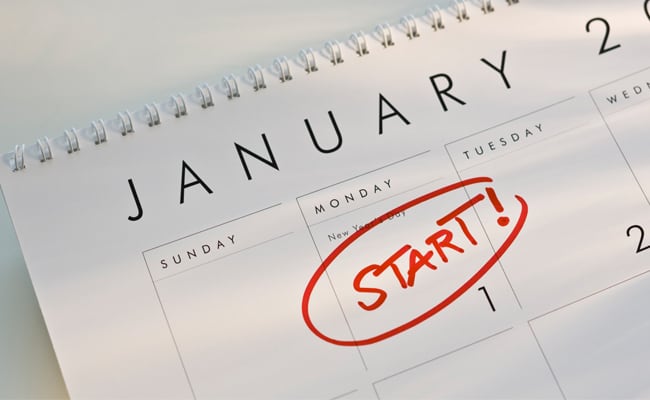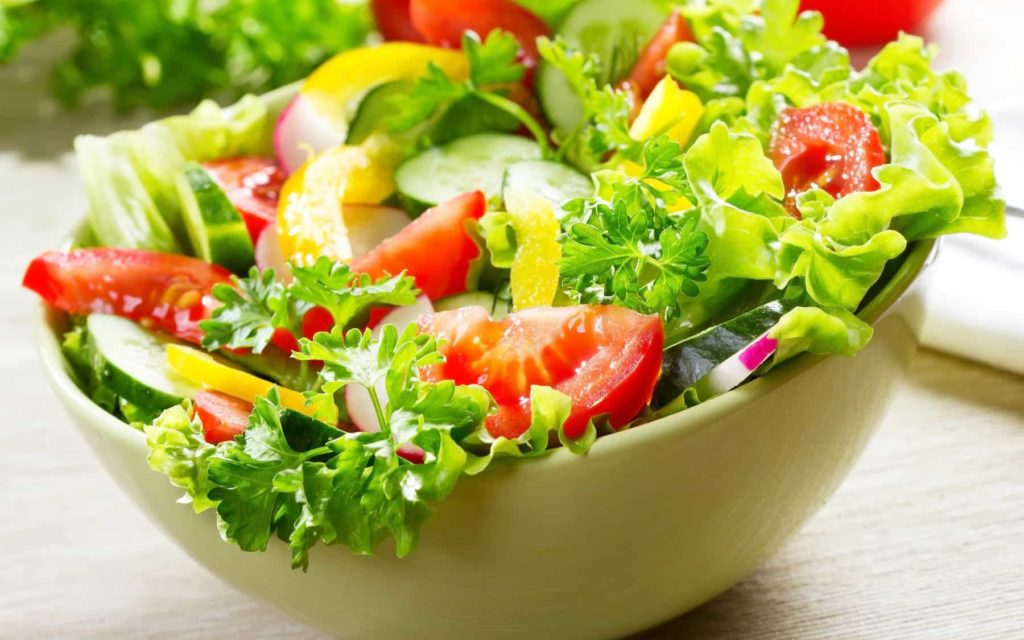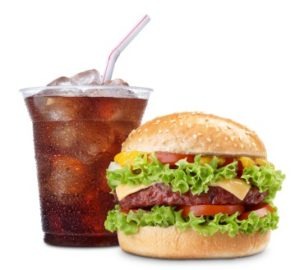Buckle your seat belts and pull out your pocket protectors: We’re going full nutrition-nerd today, talking about the role of dietary protein in maximizing muscle protein synthesis. But don’t assume that this is only of interest to body-builders! Applying these insights to your daily meals can have a monumental impact on your ability to maintain a healthy body weight, age successfully, and bounce back from illness and injury.
This article is also available as a podcast. Click to listen
In a previous episode on preventing age-related muscle loss, I explained that you can get more protein benefit without eating more protein, simply by distributing your protein more evenly over the course of the day. Since then, I’ve heard from many of you asking how to adapt this advice to various situations and dietary patterns—such as those that are lower in protein.
I recently attended a meeting with some of the world’s top protein researchers and in between sessions I hit them up for their insights on the questions you’ve raised. I’ve got some great new information to share with you but first, let’s back up and talk muscle protein synthesis.
How does your body make muscle?
Building and repairing muscle tissue requires protein—and that’s a nutrient that our bodies have to use as it comes in; we can’t store it for future use. Whenever we eat foods containing protein, we get a little burst of muscle-building activity. The amount of muscle you build is dependent on the amount of protein you take in at that meal. Eat a little protein, build a little muscle. Take in more protein, build more muscle…but only up to a point.
Research by Douglas Paddon Jones of the University of Texas has shown that muscle protein synthesis peaks at about 30 grams of protein per meal. Anything above that is largely wasted in terms of its muscle-building benefit.
Just to give you a quick frame of reference, a typical chicken breast contains 50 to 65 grams of protein. An 8-ounce sirloin contains about 70 grams of protein. A half cup of Greek yogurt contains about 10 grams of protein and an egg contains 6 grams of protein. To see how much protein you get from other foods, check out my protein cheat sheet.
The best time to take protein
The average protein intake in the US is just under 90 grams of protein per day. However, we typically eat over two-thirds of that (around 60 grams) at dinner time, with breakfast and lunch typically being much lower in protein. That means that, despite taking in plenty of protein over the course of the day, most of us are only maxing out our muscle building processes once a day.
Maximizing protein synthesis once a day is definitely better than nothing. But there’s a missed opportunity here. Paddon Jones has demonstrated that by taking that same 90 grams of protein and dividing it more evenly across three meals, we can maximize protein synthesis three times a day instead of just once.
In practical terms, this usually means eating a lot less protein at dinner and a lot more protein at breakfast. There’s certainly nothing wrong with eating half a chicken breast or salmon filet for breakfast, but if you’re not ready to start your day with a turkey burger, a versatile source of protein like whey protein powder can also be a big help. This article includes suggestions for using protein powder to bump up the protein content of typical breakfast and lunch foods.
Why does muscle protein synthesis matter?
Maximizing muscle protein synthesis is not just for body builders and athletes. It’s beneficial for everyone, but it’s particularly critical for three groups of people: those over 50, those who are in the process of losing weight, and those who are recovering from a serious injury, illness, or surgery. All three of these groups are prone to accelerated muscle loss, which makes all three conditions (aging, weight loss, recovery) more challenging.
Ironically, the groups who have most to gain from maximizing protein synthesis (older adults, those actively losing weight, and those recovering from illness or injury) are all likely to be eating a lot less protein than the average intake of 90 grams per day. They may be taking in fewer calories in general in an effort to lose weight. They may be eating smaller more frequent meals due to smaller appetites. Or, protein foods may simply be less appealing to them.
How to build more muscle with less protein
And this brings us to the question that so many of you have asked: How can you get the most muscle-building benefit if you’re only taking in 50 or 60 grams of protein per day? Are you better off dividing that smaller amount evenly across three meals? What if you eat smaller more frequent meals? Should some be heavy in protein and others lighter or should they all have a little bit of protein?
Analysis done by Wayne Campbell at Purdue University suggests that when it comes to preserving muscle, hitting that 30-gram threshold once a day is better than never hitting it—especially for our three groups at increased risk of muscle loss. Hitting it twice a day is better than hitting it only once.
You can get more protein benefit without eating more protein.
After discussing all of this with Dr. Paddon Jones and Dr. Campbell and applying a little common sense, I’ve come up with the following guidelines for those who—for whatever reason—do not eat 90 grams of protein per day.
Protein intake on a low-protein diet
- Max it out at least once a day. If you only eat 50 grams of protein per day, you’re better off eating 30 of it at a single meal than dividing it equally among three or more meals. If you can manage 2 protein-maxed meals per day, even better.
- Do what you can. If 30 grams of protein is simply more than you can manage at a single meal, aiming for 20 or 25 grams at a meal is still going to give you more benefit than 5 or 10 grams.
- Avoid eating more than 30 grams of protein at a meal. Although that extra protein can be used as fuel (that is: calories), it’s not helping with muscle preservation. Move that protein to a different meal or snack.
- Don’t just feed your muscles: Use them. You know what works even better than protein to build new muscle? Exercise. And you know what works better than either exercise or protein alone? Exercise plus protein.
One final caveat: Most of this research presumes that the protein in question is high-quality protein, namely, lean meat, fish, poultry, dairy, eggs, or whey protein powder. If you’re getting your protein from plant sources such as legumes, nuts, and grains, it may take significantly more than 25 to 30 grams of protein at a meal to maximize protein synthesis.
See also: How to build muscle on a plant-based diet
Thanks to Drs. Paddon Jones and Campbell for all of their work on this important issue and for lending their expertise to our discussion.
Originally published at QuickandDirtyTips.com


 A. Can’t stick to a diet long enough to lose weight.
A. Can’t stick to a diet long enough to lose weight.

